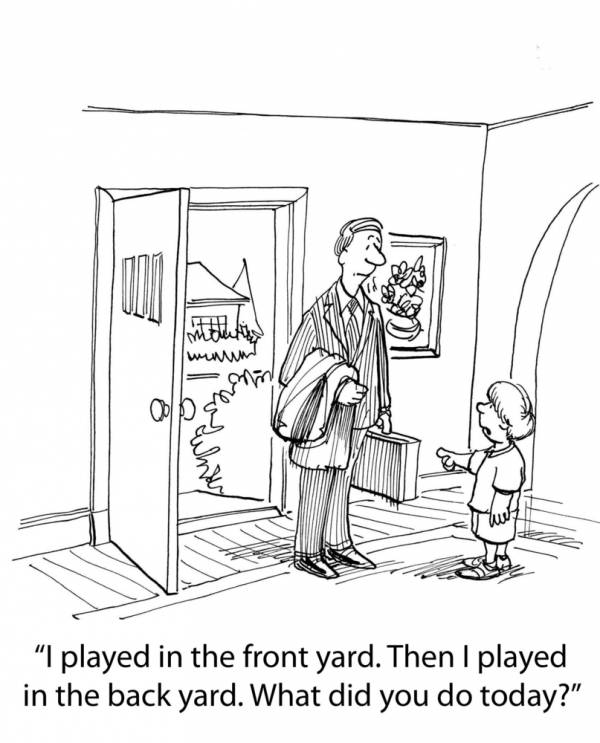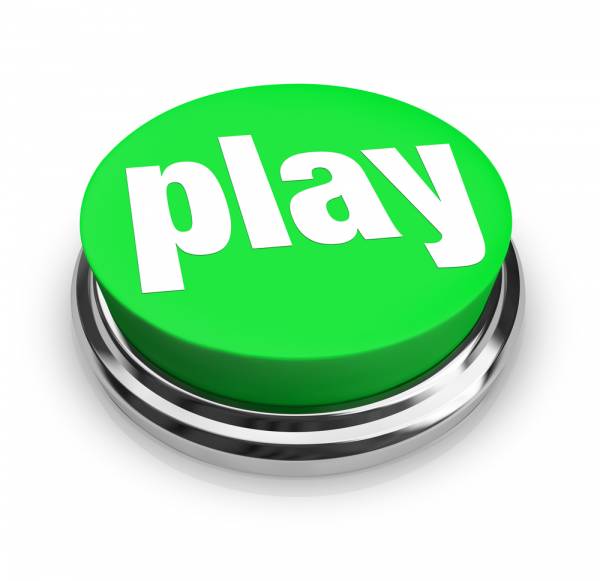Welcome to the fourth part of this five-part weekly series on sandbag training. This installment will focus on the use of sandbag training specifically for that often overlooked element of exercise and activity – play. I know many people think their fitness training should be all business. After all, play is for kids, right? Wrong. Play is an integral part of any exercise and activity program, and you can use the sandbag as your training tool of choice.
When children play, and indeed animals, they learn vital skills that prepare them for the rigors of life. It’s a way to develop physical and mental skills that can’t be beaten. If you’ve long since forgotten the art of playing then you might be be missing out on an important part of your physical training program.
What Are You Playing At?
I spend a lot of time looking at other people’s training programs either during coaching sessions or if I’ve been asked to re-program a session for someone. It can make pretty depressing reading. Why? Nine times out of ten it is so sterile that I wonder how people ever managed to stay motivated enough to do it. Of course it’s a great thing to put yourself through some hardship to achieve a bigger goal, but maybe you’re focusing on the hardship too much? And, while it’s easy to mentally equate hard work with great results it doesn’t always work out this way. Sure, I enjoy tough training sessions that I know other people would shy away from. But, for most people, I think a training program needs to be enjoyable on many levels for it to be effective.
Defining Play
Play can be defined as “a range of voluntary, intrinsically motivated activities normally associated with recreational pleasure and enjoyment.”1 But this can give an unfair representation of the true value of play. Some see it that anything done purely for recreation cannot then also hold value in terms of achieving a particular aim. I disagree and believe sometimes we can achieve goals in a somewhat oblique manner.
Flow, as described by Mihalyi Csikszentmihalyi, is “the mental state of operation in which a person performing an activity is fully immersed in a feeling of energized focus, full involvement, and enjoyment in the process of the activity.”2 That sounds a lot like how fitness training should be to me. And I think flow represents the perfect example of how we should approach play within our training sessions.
Playing With The Sandbag
 Play itself is, by definition, free from the constraints of many traditional gym activities. In fact, it’s a great excuse to get outside of the gym if you’ve become a little too habitual. With that in mind, you could argue that play shouldn’t actually be defined by any one training tool. I’m inclined to agree with this but we can use select tools to make our play more appropriate to the overall goal of the session.
Play itself is, by definition, free from the constraints of many traditional gym activities. In fact, it’s a great excuse to get outside of the gym if you’ve become a little too habitual. With that in mind, you could argue that play shouldn’t actually be defined by any one training tool. I’m inclined to agree with this but we can use select tools to make our play more appropriate to the overall goal of the session.
If you want to improve your ability to move well, along with significant improvements to your strength and conditioning, then the sandbag is a good option. On the other end of the spectrum, trying to go through a play drill on a fixed resistance machine like the leg press or lat pulldown just isn’t going to work.
When I think about play with the sandbag, the following are key points:
- Try to actively avoid going through your normal exercise patterns, especially avoid long sets that just turn every session into circuit training.
- The aim is to be creative. If you feel like doing something different, then go for it!
- Think of your play session as a game with very loose rules.
- Games can be played alone, but work best in groups. So get out there and find some people to play with!
Sandbag Play Drills
These drills have been designed to get you to approach your training in a different way. While ideas have been given below, you should also try to get creative and modify the sessions. What other things could you add to your training sessions to make them spontaneous, yet still effective?
The suggestions below will work best with training partners, teams, or groups. Remember, play should retain an element of fun while still being challenging, so don’t be afraid to scale any session to suit your current fitness levels.
Play Drill 1: Sandbag Volleyball
 Set out an area of 10m x 10m and designate a center line (or put up a net). Divide into two teams. Start by chest passing the sandbag from one side of the court to the other. A member of the opposite team should chest catch it and then pass it back to the other side of the court again. Each time the sandbag drops to the ground the opposite team gets a point. If you’re not using a net make sure you try to clear the imaginary net line with each pass.
Set out an area of 10m x 10m and designate a center line (or put up a net). Divide into two teams. Start by chest passing the sandbag from one side of the court to the other. A member of the opposite team should chest catch it and then pass it back to the other side of the court again. Each time the sandbag drops to the ground the opposite team gets a point. If you’re not using a net make sure you try to clear the imaginary net line with each pass.
Play Drill 2: Sandbag Casualty
Oh no! Your best friend has been injured and you’re going to need to get him or her to safety. Unfortunately this is one heavy friend, so you’re going to need to load the sandbag up as heavy as you can – 200lbs or more is ideal. Work in teams of two or three people to carry the sandbag around an obstacle course or up a big hill. Carry it as a team or take turns.
Play Drill 3: New Exercise Generator
Get into a group of five or so people and each take turns to come up with a new exercise. Teach that new exercise to the others in the group. Once you’ve come up with ten or more exercises put them together into a circuit training session. Are you trying to come up with long-term replacements for the squat and deadlift? No, this drill is designed to get you to think about different things you can try. Who knows, you might just find your new favorite exercise.
Play Drill 4: Sandbag Relays
Get into teams of four people and set out a course of 20m or so. Pick four different ways to take the sandbag from the start to the finish line and back. You could try dragging, flipping, throwing, putting it across your shoulders and lunging, or putting it on your back and crawling. Really try to think outside of the box here! Run the relay as normal until every member of the team has done the course using each different method.
In Summary
In many ways this was a difficult article to write, as suggesting that people add more play into their training programs can come across as a little vague. It’s not as scientific as technique advice, or as immediately recognizable as being effective like a ten-minute met-con workout, but that’s definitely no reason to avoid incorporating play. Regular play sessions will add a level of enjoyment, creativity, and recovery everyone can benefit from. And it’s often in these freeform sessions that you’ll discover things that’ll really propel your strength and conditioning onto the next level. As the saying goes, if you always do what you’ve always done, then you’ll always get what you’ve always got.
Check out the rest of the series:
5 Week Sandbag Workout Program: Week 1 – Get Started
5 Week Sandbag Workout Program: Week 2 – Building Strength
5 Week Sandbag Workout Program: Week 3 – Planes of Motion
5 Week Sandbag Workout Program: Week 5 – 10 Killer Workouts
Photos courtesy of Shutterstock.






